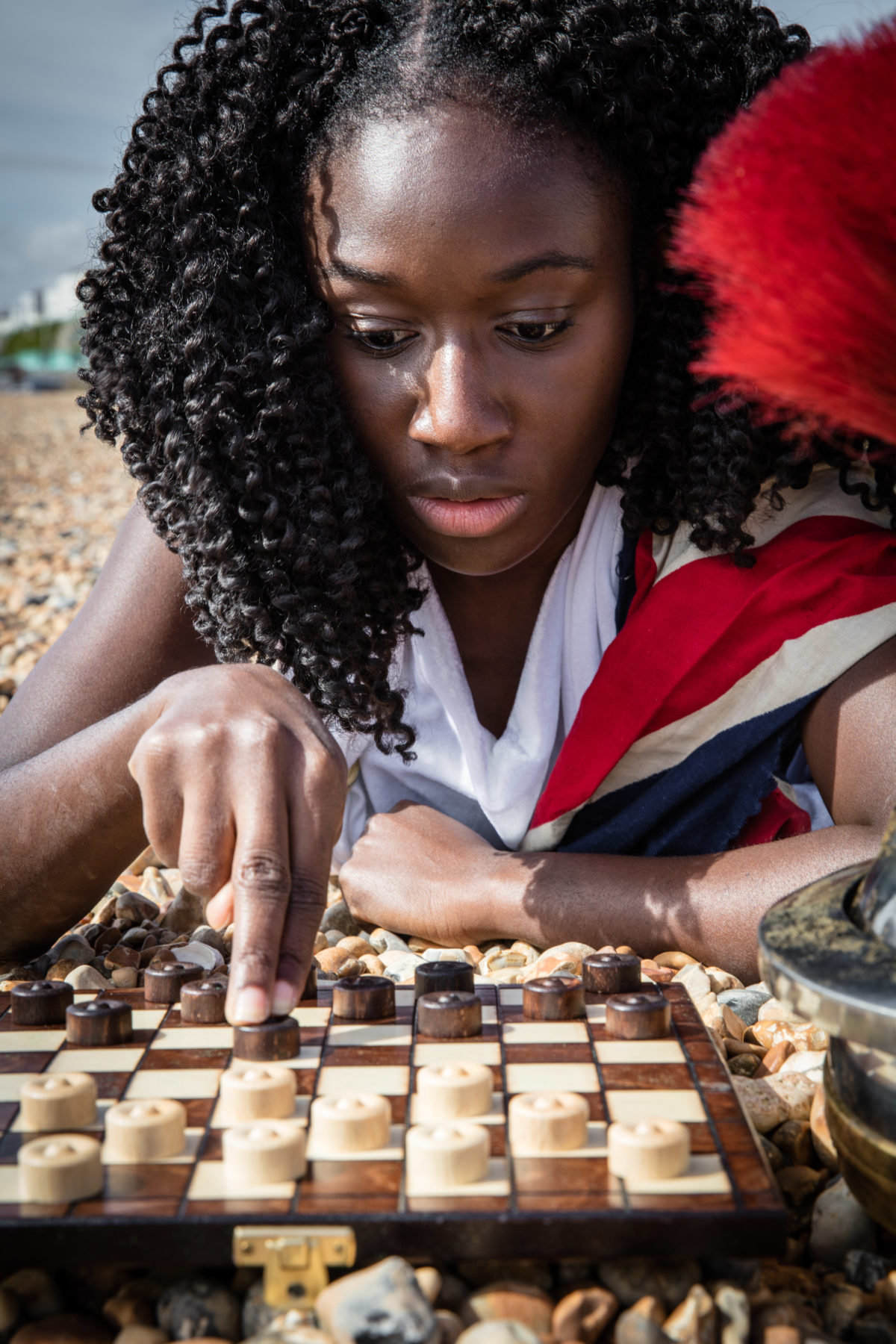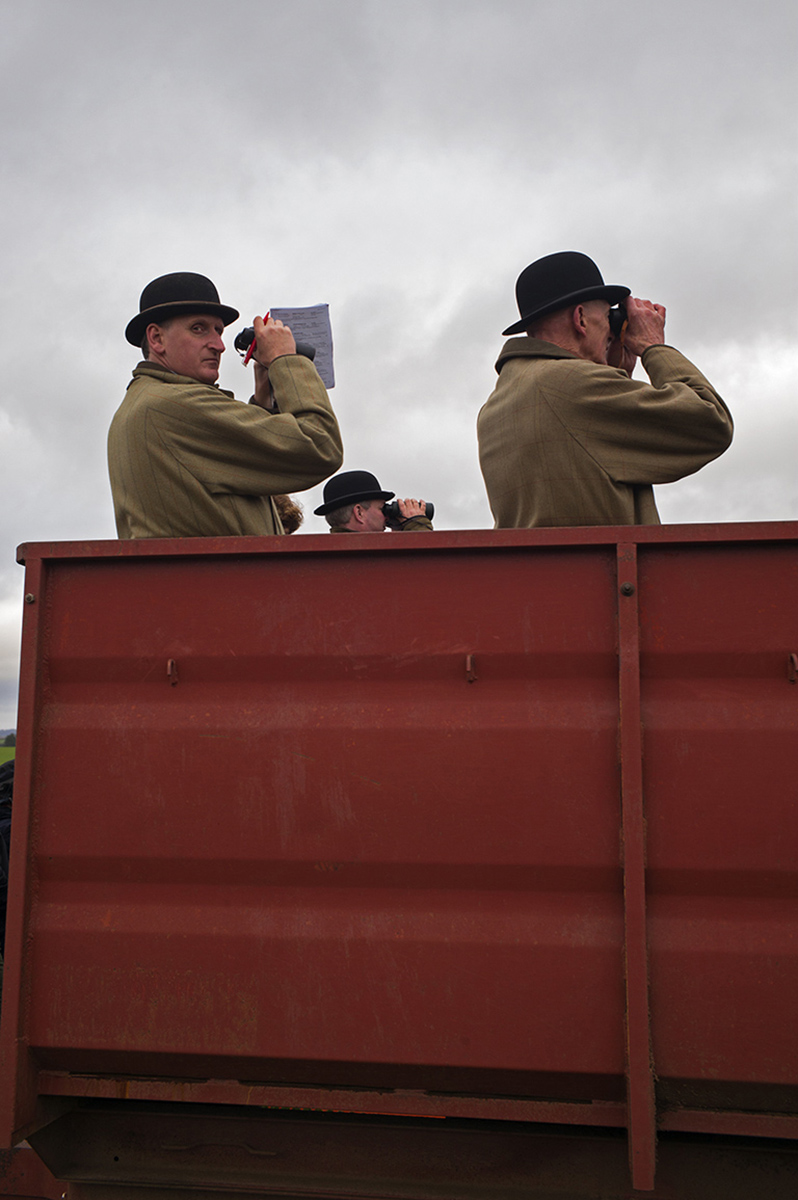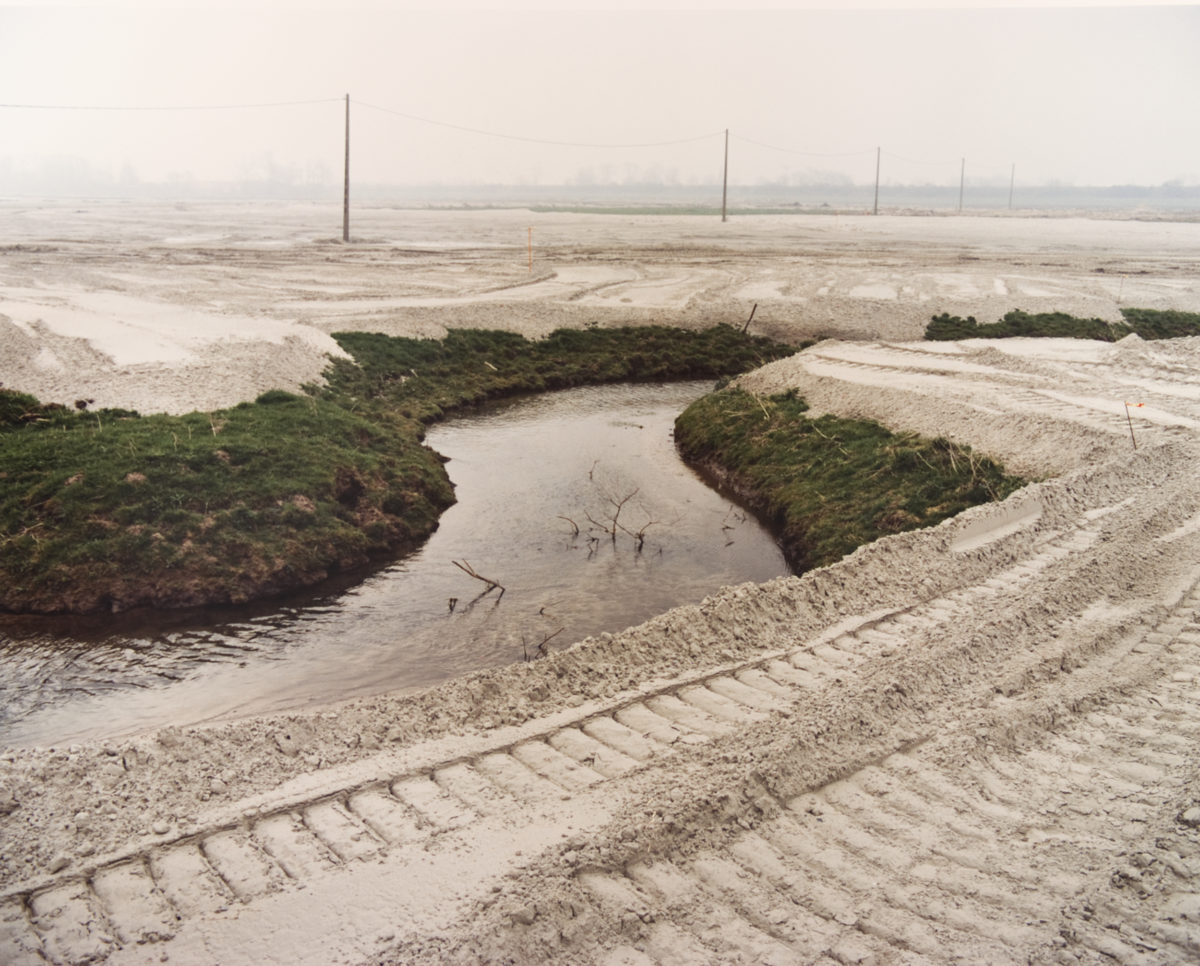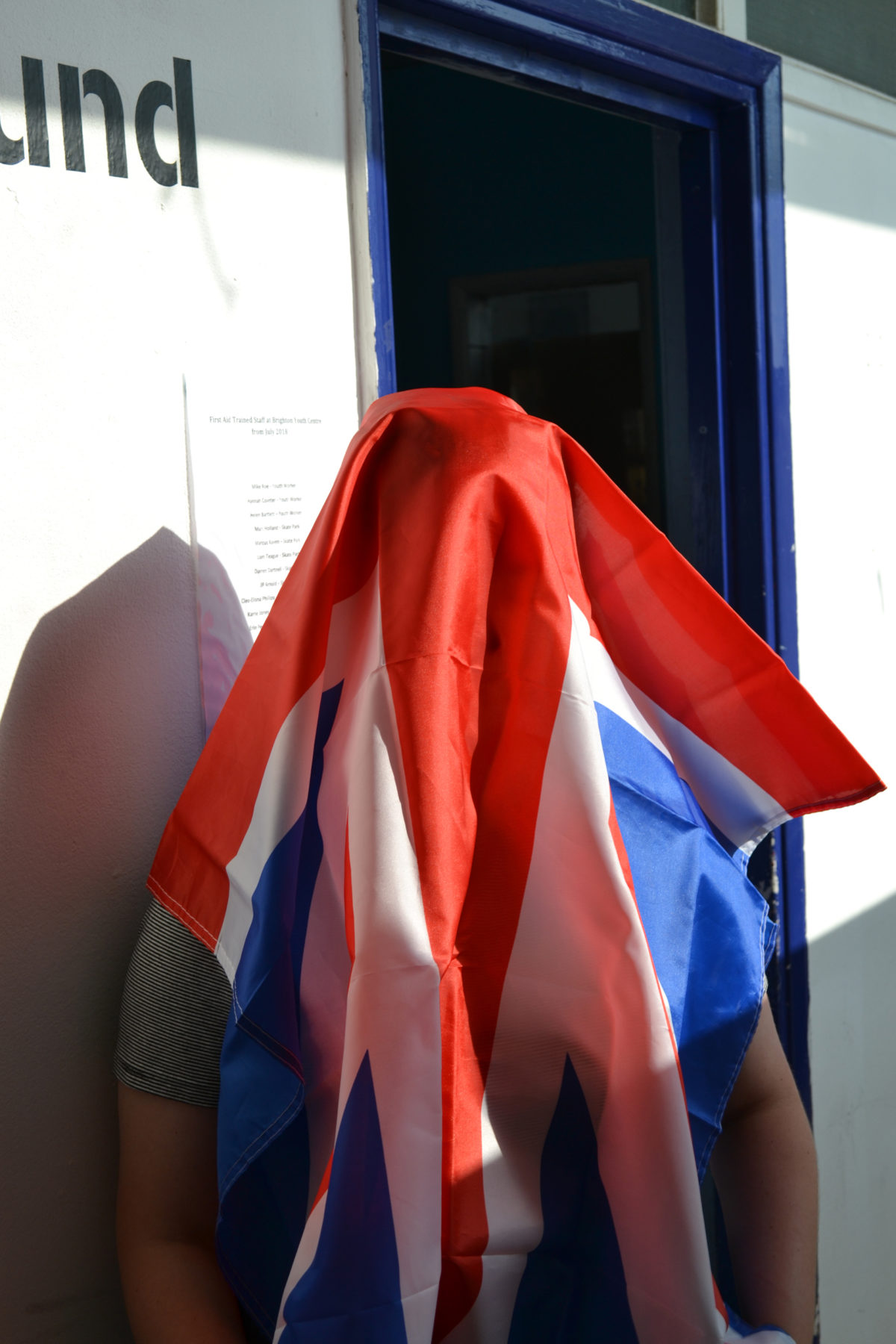Photographs can be exchanged as tokens of affection, a way of connecting with another person. A photograph might communicate something about your life that words might struggle to explain. Photographs can be exchanged for other photographs, a sign of mutual appreciation between artists/photographers.
An ongoing exchange of photographs might be compared to a visual conversation, with each exchange providing new inspiration. Creative exchanges might incorporate a variety of responses – for example, a photograph may stimulate a drawing or the writing of a poem or short story.





